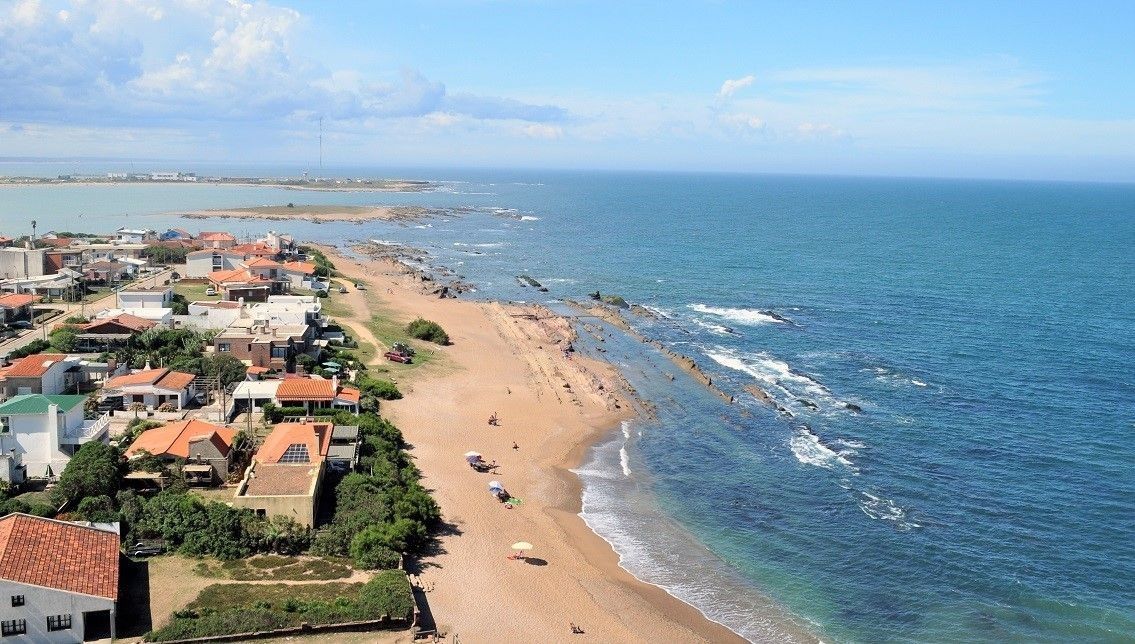My Number One Strategy for Locking in Incredible Income Potential
By Ronan McMahon
I'm often asked about the strategies I use to find the best real estate deals. One of the best and most important is to follow the Path of Progress. Doing that can help you to identify those markets that have the strongest prospect of capital appreciation. Meaning you can buy when prices are low and profit as values rise.
A Path of Progress might be a location that's about to open up thanks to new roads, airports, or bridges.
In other instances, it could be a new major industry bringing jobs—or a luxury resort drawing in well-heeled tourists—that has come to town. Maybe government bodies are working to attract tourist dollars in new markets or adding new direct flight routes to make a destination more attractive.
Perhaps there are plans afoot to change zoning and permitting, so that it's easier to develop new projects.
Whatever the particular Path of Progress event, identify a market at the start of a Path of Progress, and you can profit handsomely on your real estate buy.
But you need to do your research. Every day, I collect information from multiple sources. I read news reports, expat blog posts, press releases from government and businesspeople, developers' e-letters, and more. I talk to my contacts, my team, people on the ground around the globe. And I watch world markets. I look for news of major investments, statistics on growing employment or vacationer numbers, and the rolling out of new projects, such as airports and roads.
Once I have a clear "big picture" view of a market, I can spot the factors that might result in a Path of Progress.
When you identify a Path of Progress, you need to get in as early as possible—ahead of other investors. Then you can sit back, wait for the Path of Progress to roll through...and watch the value of your real estate rise.
Identifying a Path of Progress is the first step. Then, you have to make sure that what you buy is what the market wants. If you're snapping up family homes when the market wants luxury condos, for example, you'll likely see some capital appreciation—but not as much as you might have if you'd locked down a "hot" luxury condo early on.
Get it right and a Path of Progress can be one of the most exponentially profitable trends you can tap into...
The Paths of Progress I follow are not fly-by-night events. They are often decades in the making. They're resilient to the long-term effects of a crisis...they continued on their growth trajectory following the Great Recession...and, more recently, I watched as they continued to move forward even as the Covid crisis stalled growth and development the world over.
By locking down the best real estate ahead of a Path of Progress, we can put ourselves in the best possible position to profit no matter what is happening in the world.
This strategy is used by some of the biggest names in the world of real estate and finance. It's how some of them built their fortunes. But ordinary folks can make money this way, too...
The Riviera Maya: The Most Profitable Path of Progress on My Beat
Few if any Path of Progress events have been as spectacular (or profitable) as that along the 80-mile stretch of Mexico's Caribbean coastline dubbed the "Riviera Maya."
I've been tracking the juggernaut Path of Progress running south from Cancun for 16 years. It has recently barreled into the beach town of Tulum and created some of the most incredible opportunities I’ve come across in my real estate buying career…more on that in a moment…
The Path of Progress here has its origins in the smart thinking and deep pockets of Mexico's tourism investment authority, FONATUR. Back in the late '60s they scoured Mexico for the perfect location into which to pour funds and roll out major infrastructure, thereby creating a moneymaking tourism machine. They settled on Cancun, where they built the international airport, began major highways, and gave incentives to major hotel groups.
As you know, it's been a roaring success. Cancun airport saw 25 million passengers in 2019...put that in the context of any tourism market in the world and it's just enormous.
The success of this region sprang from nothing—literally. Cancun was scrubby land that faced onto some of the world's best Caribbean beaches. But nobody knew it was here. And the rest of the Riviera Maya was so sparsely populated that Quintana Roo—the state that the Riviera Maya is in—didn't achieve statehood until 1974.
In other worlds, it could have been a complete flop. But instead, the concept was proven and the Riviera Maya went on a tear...
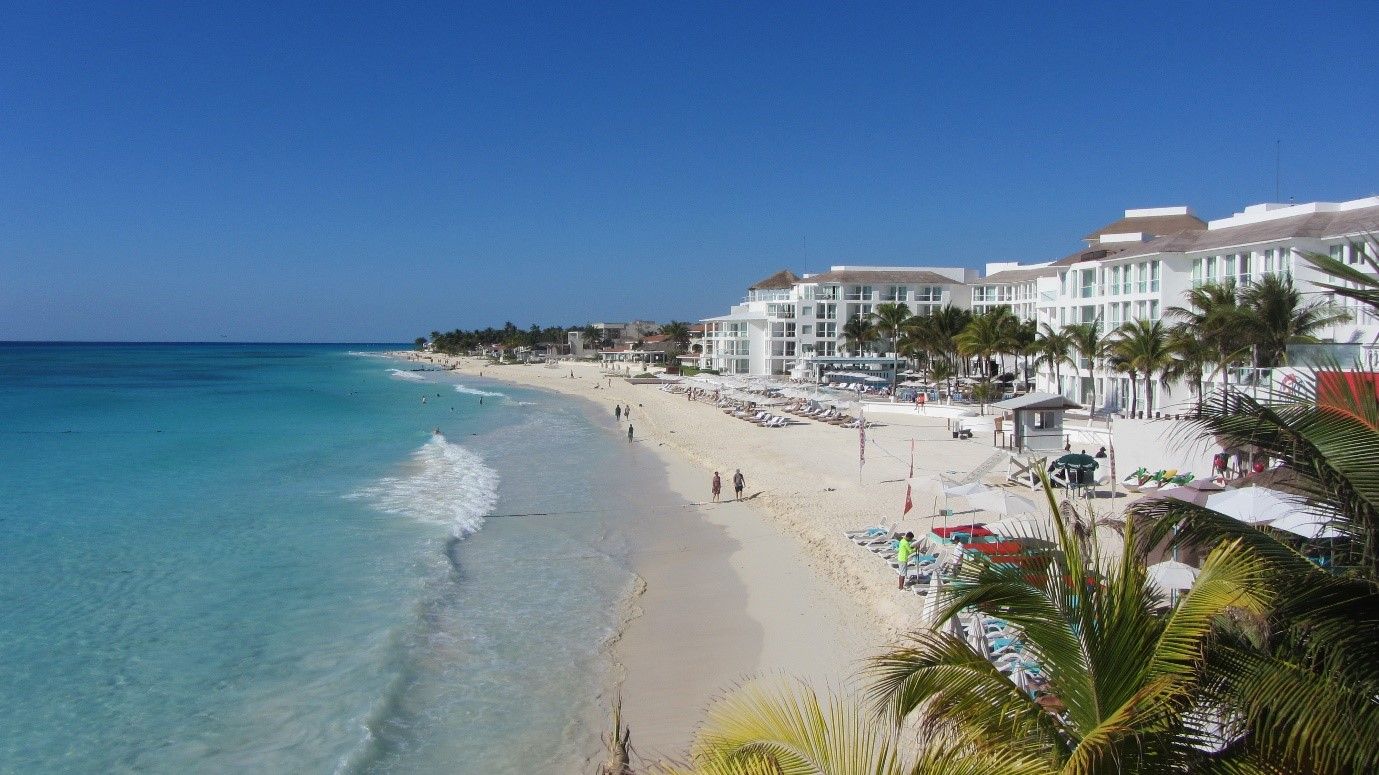
Progress came thick and fast. As it rolled south, Playa del Carmen was transformed from a one-horse town where pigs roamed dirt streets into an international resort city. Tulum, once a little fishing village is now a chic destination where you'll see fashionistas, Hollywood celebrities, and Instagram models.
Today a modern highway brings you right to Playa and Tulum. In Playa, back before the road was in, $10,000 bought you a building plot in the unpaved village center. Today, a 1,000-square-foot oceanfront condo in Playa del Carmen can set you back $600,000.
You can see just how much the town has grown from this video I shot on my last visit in April this year:
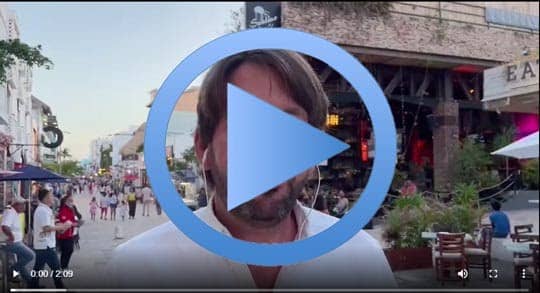
Mexico's Caribbean coast had the basics going for it, including the intrinsic value of being a Caribbean coastline with a huge potential market on its doorstep in the U.S.—only two hours away. The government's FONATUR had the capacity to make good on its promises to deliver infrastructure and accessibility. And it offered effective tax incentives to attract major international hotel groups. These guys had not just vision, but also the ability to actually make that vision a reality.
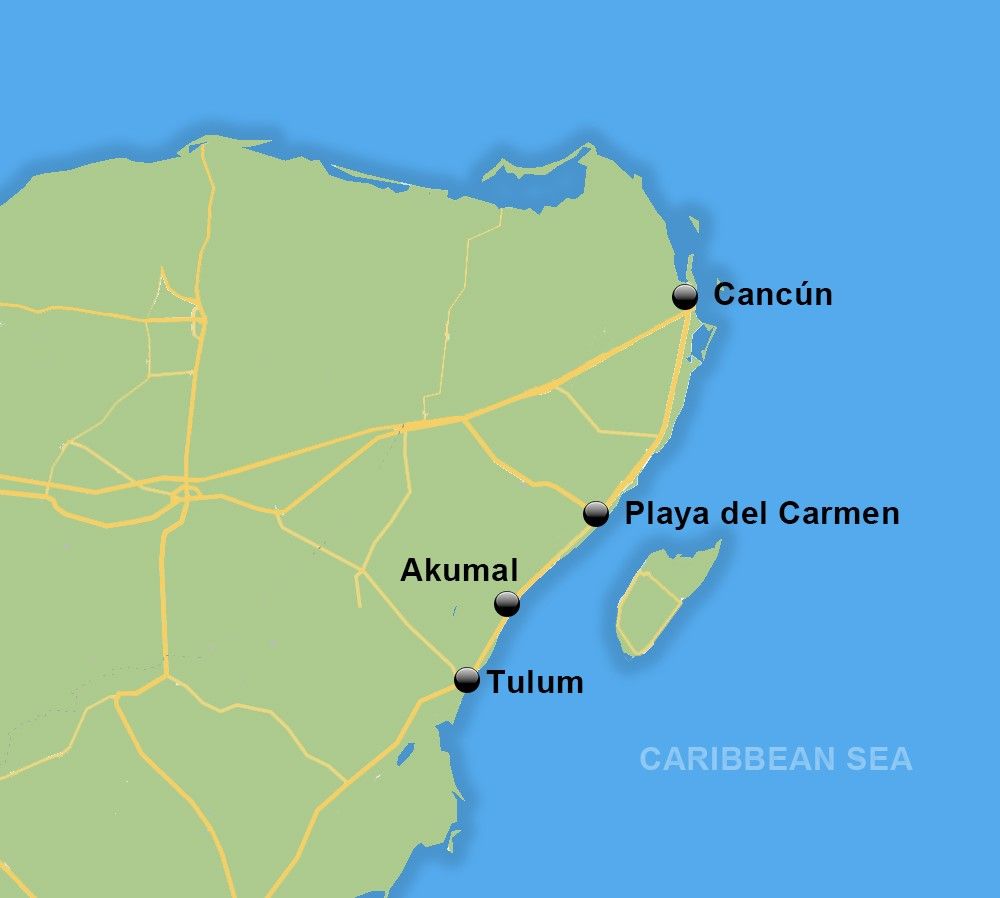
Europeans come in droves during their summer, North Americans escape their winter, Latin Americans are drawn at holidays like Easter...there are direct flights from Russia, Japanese and Chinese tourists are coming...there's always people visiting.
That translates to one of the strongest markets on the RETA beat for short-term rentals. You can rent by the night, by the week, by the month. Peak season is getting longer and longer as more tourists visit from across the globe. Premium season—the holidays—sees the best rentals snapped up months in advance.
And now, with the rise of Work From Home, there’s a whole new cohort of traveler to boost rental demand. As people adapt to this new lifestyle and realize what it means, we're going to see more people heading to places like Tulum for longer periods...
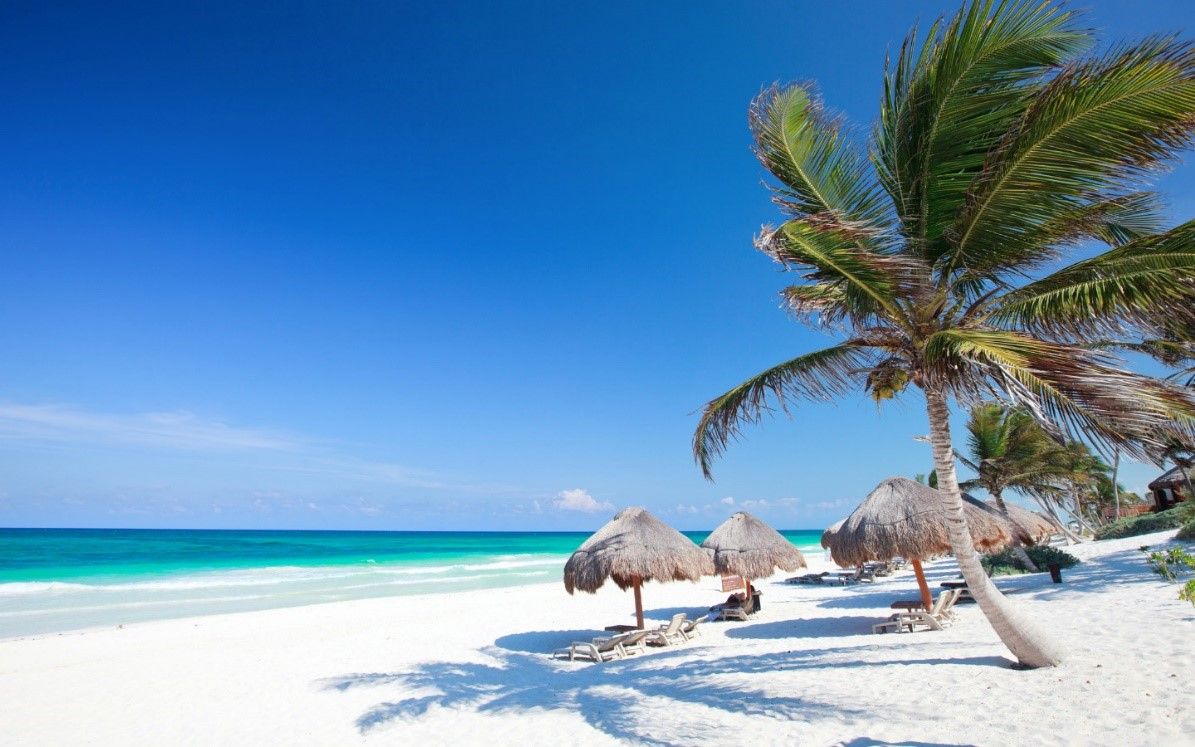
I expect a growth in slow travel. And as I've been saying, this is very nice for us...
It means we have the option to rent our property for a month to three months at a time, which means less administration and less headaches than renting by the night. A handsome income on a stunning home in an amazing location, which we can use too.
That's why, with the right type of condo in the right location on the Riviera Maya, you can get fantastic rental returns.
Take an opportunity I brought to members of my Real Estate Trend Alert group in May 2019 called Gran Tulum. Every detail of the master-planned community is in keeping with Tulum's natural beauty and Maya heritage. The condo-buildings are to be low rise, just three levels, and the buildings are to be tiered in style. This will keep buildings tucked discreetly amidst the verdant surroundings. The idea is to create the feel of an ancient Maya city, with lots of lush space and natural pathways.
RETA members had the chance to get luxury condos in Gran Tulum, the closest master-planned community to the beach in Tulum from $175,000.
Now the entry price is $263,000 and most units are listing for $275,000 and up. That's an $88,000 paper gain and I believe there's more to come.
In terms of short-term rental potential, I'd say that with one of our condos you'd be able to charge $100-a-night, up to $300 in peak season, with an average rate of $160-a-night sounding reasonable. Rent for 200 nights a year at average of $160-a-night, and it brings your total to $32,000. That's an occupancy rate of 54%. It's a gross yield of 14.9%.

Another deal I bought to RETA members was in Tao Tulum in October 2017, and those who got in are now sitting on gains of as much as $102,560.
The developer has a few units left and just sent me a list of current prices. Condos that RETA members secured in Tao for $208,440 are now listed at $311,000—a six-figure lift. A condo that was available for the RETA-only price of $166,860 is now at $239,000…a gain of $72,000.
Our group secured our profits by getting in at members-only pricing from $154,500 for a two-bedroom condo. As we do and say in real estate, we made our money buying. I myself bought one of these entry priced condos and sold my unit in early 2020 for $225,000.
Also in Tulum is Natal, where RETA members had the chance to own two-bed, two-bath condos from $143,000 in October of last year.
At the time of launch, I figured these will be worth $190,000 three years after delivery. But the Path of Progress in Tulum has now taken a new leap forward, which makes my early prediction look conservative…
Here’s the thing: For many years, there was only one road leading to Tulum's stunning beach. And while Tulum has grown in magnitudes, attracting millions of visitors each year, the capacity of the road has been twiddling. On weekends and holidays, traffic backs up for miles.
The general view was that Tulum beach needed another access road to relieve traffic, and it has now just opened one up.
This new road is a game-changer for communities in this area. And Natal, a community where RETA members had the chance to own two-bed, two-bath condos from $143,000 in October of last year, is in prime position to benefit.
You can now get all the way to Tulum's famed beach road from Natal in a matter of minutes.
I took the journey myself when I visited Tulum earlier this year:
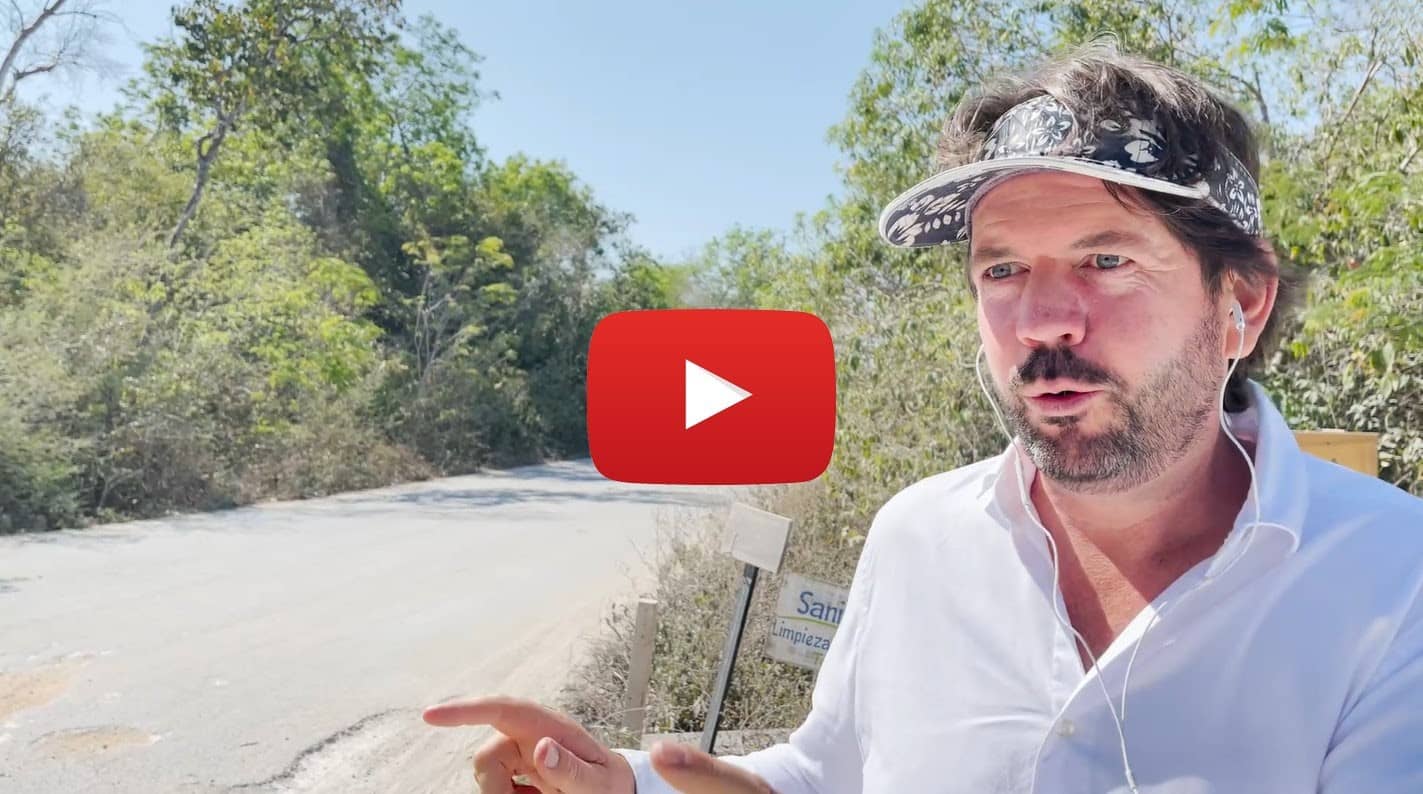
But not every opportunity is at the "end of the line" of a Path of Progress. It's not always a straight and clear line from one place to the next...
For instance, in the earlier days of the Riviera Maya Path of Progress, much of the area around Akumal, which sits between Playa del Carmen and Tulum, was locked down by big hotel groups and millionaires who built their mansions. As a result, it stayed more boutique and low-key than some of the bigger towns along the coast, with very little developable land remaining. That means that the price of land has been pushed way up. But on the Riviera Maya, I'm plugged in with the insiders, the big landowners, the savvy developers who got land at low prices.
So, in October 2019, I was able to bring RETA members an incredible deal in Akumal. It was the chance to own luxury condos steps from one of the nicest Caribbean beaches you'll ever see for $174,800.
Just last month, the developer sent me an update on Santamar: one of those units, which RETA members bought for $174,800, just sold for $325,000. That's a $150,200 paper gain! RETA members who bought then made a killing.
Plus, there's a critical shortage of rentals around Akumal and millions of vacationers are coming to the Riviera Maya each year...giving these condos enormous income potential. That's why I believe members who bought can lock in an income of $22,500 a year, on top of appreciation. Do it right, and I reckon they can make a lot more.
For me, the Riviera Maya is a no-brainer. The pace of life is easy and laidback, the people friendly and helpful. I've traveled the world and it's still among the most beautiful places I've been to.
And its progress is far from over. Along with an ever-expanding number of vacationers, expats are coming to live here. The North American demographic trends mean that more and more Baby Boomers will want to live somewhere sunny, safe, affordable, convenient—and with First-World amenities—south of the border.
Panama's Riviera Pacifica: A Path of Progress Next to a Global Hub
Finding RETA-worthy deals on luxury beachfront property is rare. But finding them close to a global city is next to unheard of. That was until a Path of Progress sweeping along the Pacific coast of Panama presented an opportunity...
As you know, Panama is blessed with two coasts that border the Pacific and the Caribbean. Novice investors are often unsure which coast will give them the biggest bang for their buck. But when you dig deep into the macro story only one little-known beach locale stacks up.
The most developed section of coast in Panama is the stretch that runs west of Panama City from Chame to Farallon. It was recently dubbed the "Riviera Pacifica" by Panama's tourism authority.
This new "Riviera" is 50 miles or so of Pacific beaches. The smart money has poured in here over the last 15 years. New hotels, new resorts, a premium golf course and swish new residential communities have popped up. A slew of upper-middle-class housing back from the beach has brought schools, supermarkets, and services in its wake.
The high level of amenities and the proximity to Panama City (a metropolis with a population north of a million) attracts vacationers, snowbirds, and weekenders to this coast. It's long been popular as a beach escape for well-heeled city dwellers.
And it's now a place where folks want to live full time. The Path of Progress that's barreling through is making that easier to do than ever before.
I flew over this area in a helicopter to see this Path of Progress in action. From the air, a long orange-brown scar wound its way across the landscape. This is a work in progress, a $370 million project to widen the main highway from the city out to the Pacific coast. Parts of the highway will have eight lanes when it is done.
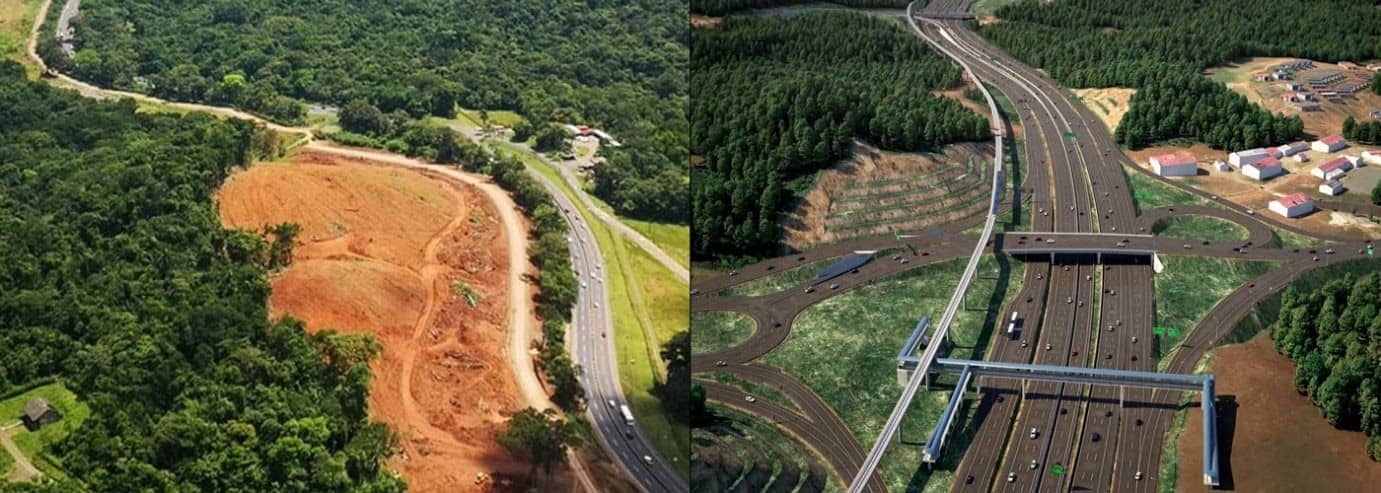
This road widening is dwarfed by the scale of other planned projects. Work has started on a fourth bridge over the Panama Canal, too. The $1.5 billion project is expected to be completed by 2023 (though Covid has temporarily delayed works). It will improve access from the city to the coast. And plans call for the city's metro system to run out to the western suburbs, close to this area. This will be a game-changer. But there is an anomaly in this Path of Progress. And we can profit from it by buying the right type of real estate in the right location at the right price.
Playa Caracol is the nicest beach on this whole stretch of coast but it was leapfrogged by the Path of Progress because it lacked road access...much of the land was zoned for agricultural use...and it was hard for developers to find a large parcel of land suitable for development.
So, while beaches and communities farther from Panama City boomed, Playa Caracol was a sleeping giant. While all-inclusive hotels and expensive high-rise blocks changed the face of beaches west of here, it remained under the radar. Until an established real estate developer with a reputation for getting things done stepped in...a visionary developer I know well...
His plan was simple: create a best-in-class beach community fronting Playa Caracol's white-sand beach.
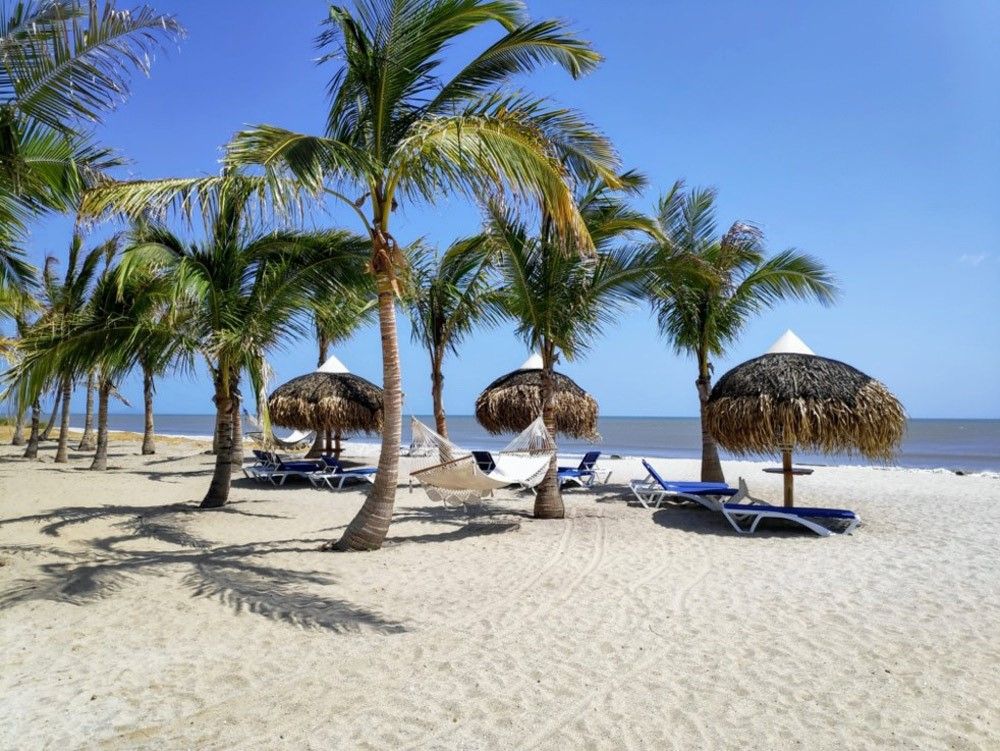
Because this area stayed off vacationers' and investors' radar for so long, and because of my contacts, members of my Real Estate Trend Alert group have had the opportunity to lock down beachfront homes for a steal...
For instance, in September 2019 I brought members of my Real Estate Trend Alert group a killer deal on condos there.
They could buy best-in-class condos fronting a white sand beach with mountains at the back for $184,300, which I figure will be worth $299,000 within five years.
It wasn't the first time I found a killer deal here. For instance, in 2017, I was able to bring RETA members an opportunity to buy beachfront condos in Playa Caracol at RETA-only prices starting at $199,000. By late 2019, a similar-sized condo father back from the beach with only a side view listed for $299,000...that's $100,000 in paper gains in just two years.
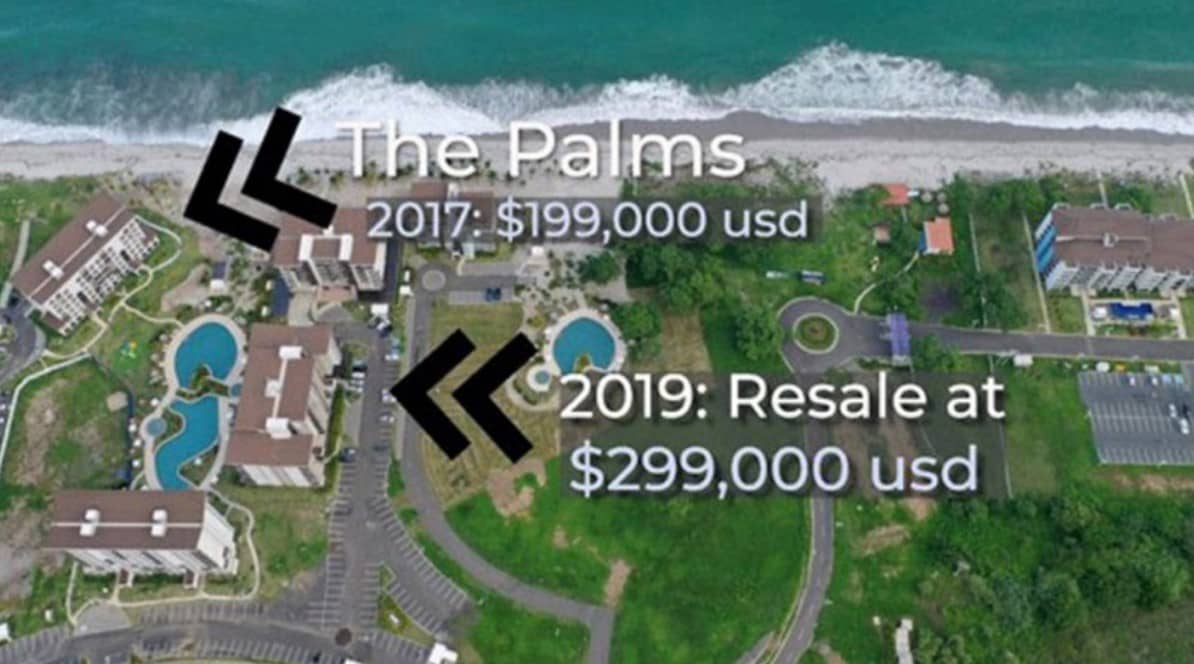
More recently, my group has had the rare opportunity to profit from a little know tax benefit…
The Panamanian government is effectively footing the bill for a vast chunk of the construction at Playa Caracol. They want more tourists to come to Panama. They want places for them to stay. And nowhere is better than this unique beach-front community.
I figured out how to get a vast chunk of the savings from this government initiative passed on to my RETA group.
I call it “the Great Bailout.”
By getting our slice of the bailout pie we’re collectively saved millions, with discounts of upward of $60,000 on luxury condos in this beachfront community.
That’s the benefit of having the connections and knowing where to find the deals.
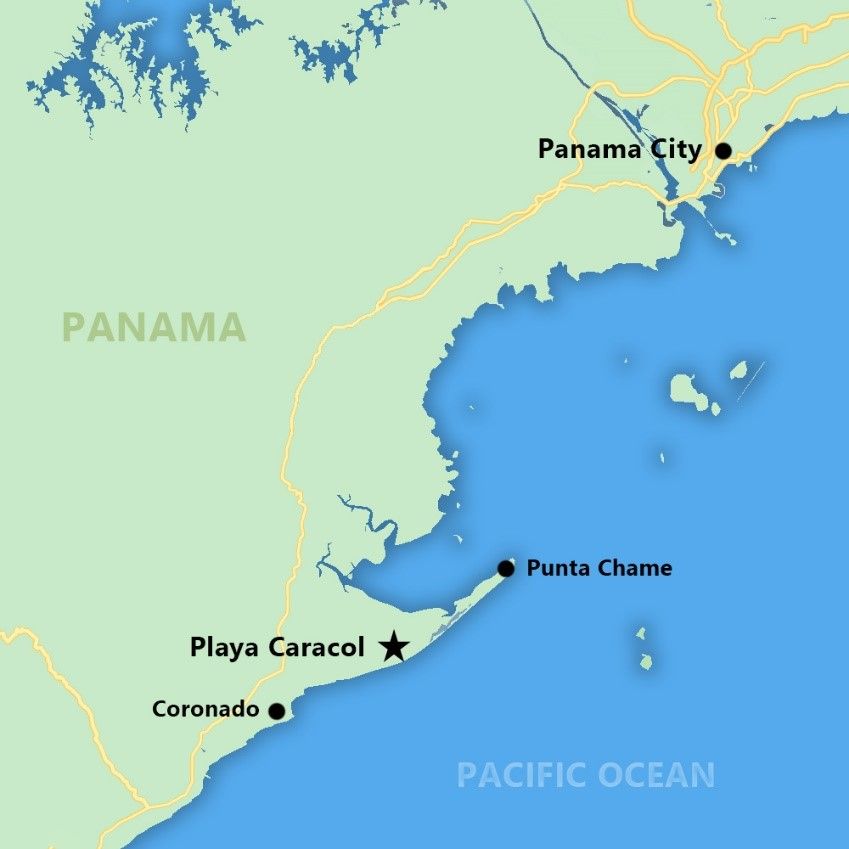
Like I said earlier, what makes the Path of Progress on the Riviera Pacifica unique is that we can lock down beachfront real estate close to a growing global city for an incredible price.
By doing so, we not only tap into the profit potential of a Path of Progress, we also boost that potential by combining it with another long-term trend...the growth of Panama as a global hub.
Over the past two decades, Panama has transformed from a sleepy regional outpost to a regional powerhouse.
It's earned the nickname "Baby Singapore," as both benefit significantly from their strategic location for shipping and trade. Singapore sits between China and India, while Panama lies between North and South America. Panama also has an extra bonus: its Canal connects the Pacific and Atlantic oceans. Like Singapore, it's created a robust wealth fund and poured money into infrastructure. It evolved a foreigner- and business-friendly law and tax system. And has cemented itself as a key player in global trade, banking, shipping, and big business.
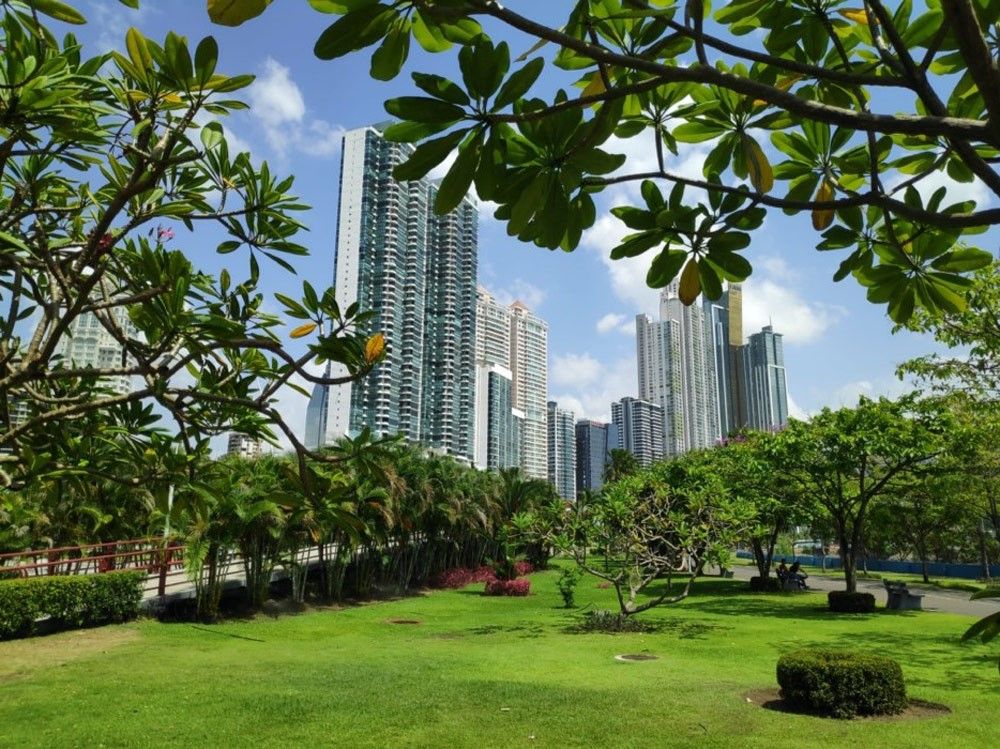
Today, Panama has the world's second-largest free trade zone. It's the biggest recipient of foreign direct investment in Central America. And, it's attracting more and more multinationals, looking for a friendly regional base. It's also home to one of the largest copper mines in the world.
As a result, Panama is set to become the richest country in Latin America.
Each time I visit, the transformation becomes more and more visible. You'll see BMWs, Lexus, Porsches, Ferraris, and Lamborghinis on the streets of downtown Panama City. Luxury wings in air-conditioned malls feature Chanel, Louis Vuitton, and Hermes stores. Private planes and helicopters...upscale restaurants...
According to a 2017 Harvard study, over the span of five years the middle class went from 22% to 37% of the population and it's been growing ever since.
On top of this domestic surge in wealth you have wealthy folks from all over the world who come to Panama because it's a safe and stable haven. It's got a fantastic location, smack in the middle between North and South America and close to the Caribbean. The economy's booming. And the country boasts a long history of welcoming foreign investors, real estate buyers, and entrepreneurs.
Panama has been displaying one of the fastest growth accelerations in the world.
The rapid growth of the middle class, the economy, and of the city is driving demand for real estate, yet like other global hubs such as Hong Kong and Singapore, developable land is incredibly scarce in Panama City. This not only increases the value of real estate in the city, it also makes the beachfront real estate in Playa Caracol—the closest, nicest beach to Panama City—far more valuable.
What we can lock down ahead of the Path of Progress and ahead of Panama City's next wave of growth, is already on track to become one of the most premium addresses on the Riviera Pacifica. It's where the chic and wave-seeking surfers vacation and spend their weekends...well-heeled families come to relax and unwind...and it's this desirability that will drive real estate values in the community up as it gets built out.
Many wealthy folks will happily shell out on stocks and shares and commodities, gambling on a rise in the market. But they're often less comfortable with real estate investing.
They'll sit on the side lines and wait until a new locale becomes an established destination, a favorite with friends, before they buy in. Prices, of course, will have risen by then. But that's not a problem when you've got a fat bank balance.
The secret of Playa Caracol is out now and more of those wealthy folks are tuning in to the fact it's emerging as the hottest destination on the coast.
Following Progress East and West on Portugal's Algarve
What's better than a Path of Progress? Two of them! That's what I've been tracking along Portugal's Algarve.
Portugal has one of the fastest growing tourism markets on my beat... Already a mainstay of European tourism in the 1990s and 2000s, the past decade has seen the country's tourism growth start to accelerate year on year, helped by low costs for tourists and unrest in other European tourism favorites, such as Tunisia, Morocco, and Turkey. In 2019, Portugal attracted a record 24 million tourists, with accumulated tourist revenue over the past three years growing 45%.
With 300 days of sunshine a year, stunning beaches and world-class golf, Portugal's Algarve attracts millions of tourists each year. It's in the south of the country facing the Atlantic, although it boasts a Mediterranean climate. It's a place of culture, great food, stunning beaches and world-class golf courses.
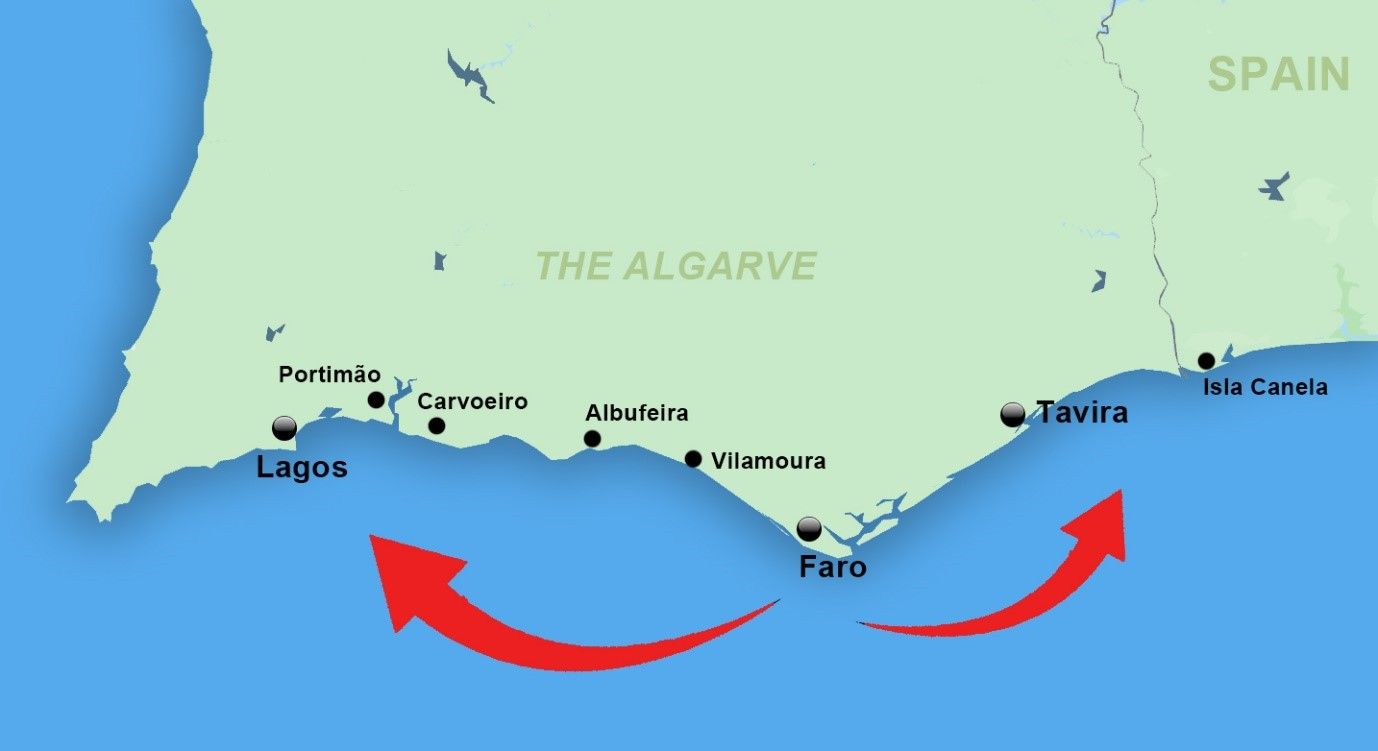
Lagos is the most historic town on the Algarve. It's now squarely in the Path of Progress heading west.
Set on a hill overlooking a modern marina, this was home to Henry the Navigator and the adventurers of the Age of Discovery.
It's a pretty and happening place, compact, low-rise, and walkable. From spots all over town, you can catch breath-taking views of the Bay of Light, fringed by miles of golden sand, with the town of Portimao on the other side.
You can walk from town to semi-secret sandy coves, long stretches of golden sand, cliffs, sea stacks, and bluffs. The coastline and climate remind folks of Southern California.
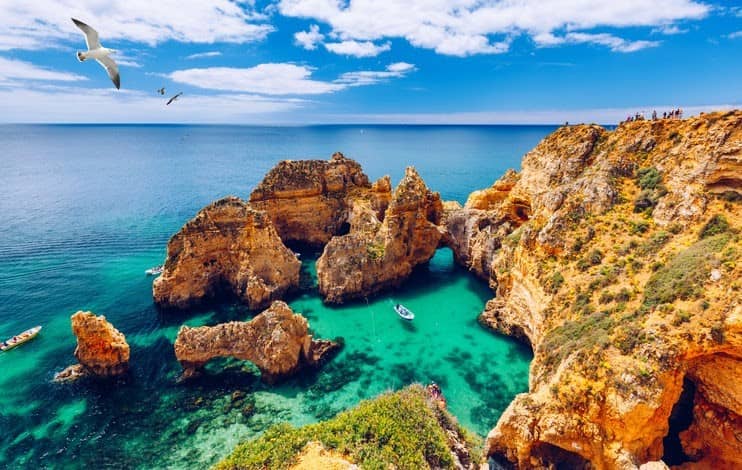
This is where I've uncovered some of the most exciting opportunities on the Algarve in recent years…
Lagos is booming and members of my Real Estate Trend Alert group who have bought there are sitting pretty.
For instance, one member bought two condos as investment properties about five years ago for approximately €430,000 each. They rented them both, bringing in an average of about €30,000 (a 7% gross yield) a year each and recently sold one for €650,000. Those are some serious gains...
And, when you figure we can borrow up to 80% of the purchase price at sub 0.9% rates, the return on cash invested is exceptional.
I recently sent a seasoned team member, Eoin Bassett, to check in on our opportunities there. Here's a short video clip he sent me over WhatsApp from one of the beaches...
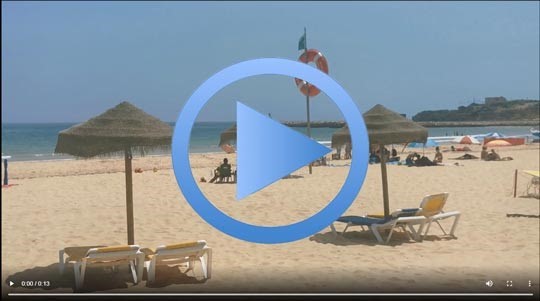
You can walk to this beach from Lagos, and then walk for mile upon mile along the sand...
My scout has told me that he heard on the grapevine of someone recently selling a condo for a €275,000 gain. A condo they bought just two years ago in the range of €400,000.
Best-in-class property is in incredibly hot demand. By getting in early on the right condos, in the right locations, we can do very well. Demand is surging, supply is scarce, and there are constraints that put serious limitations on availability. We just need to use our contacts and move fast when we get the chance...
RETA members have done just that and bought in several stunning new condo buildings in the best locations in town. That's what we want in Lagos. High-quality construction and big, livable condos. Nothing cookie cutter. Nothing old or dated...
In a community right in the heart of town, RETA members were able to get in from €310,500 thanks to a 10% discount.
The developer has already put his prices up. My scout on the ground spoke to a sales agent who told him condos in this community that listed for €600,000 18 months ago are now on the market for €800,000.
These are exquisite, luxury two-bed condos with home intelligence systems. I figure RETA members who got in for €310,500 will see 8% annual appreciation and a 10% gross yield from these two-bed condos.
Lagos attracts people year-round. It's very popular with Scandinavians who escape their hard winters to play golf and relax on the beach...even in January when the weather in the Algarve is at its coolest.
That's what makes it such a stellar proposition…and a place where I'll continue to keep digging for deals.
Meanwhile, east of Faro and the international airport was overlooked, despite the fact that you have some of Europe's finest beaches here...and a more traditional Portuguese feel.
That's especially true of Tavira, which was on its way to becoming a firm tourist favorite before the Great Recession hit.
In 2007/2008, just as the real estate market peaked, developers were homing in on the underdeveloped beach towns east of Faro, particularly in Cabanas, just a 10-minute drive from Tavira.
Then, crisis hit, and the area managed to stay under the radar and relatively undiscovered.
In recent years, people were starting to discover the eastern Algarve around Tavira and Cabanas—particularly well-heeled vacationers. Besides a lot of history and culture there are some incredible beaches close by. To get to them, you have to take a water taxi. (Watch out for flamingos en route.)
This part of the Algarve is an inherently desirable place. In the western Algarve, they're used to packing families in for the summer season. Then, in the off-season, they almost give the place away to break even. But this area appeals to a broad cross section of tourists (including families), with tourism coming from across Europe, with Scandinavians, French, Swiss, German, and others, along with the British and Irish.
When I visited Cabanas two years ago, I visited a boarded up project. The developer had gone bankrupt in the 2007/08 crisis. Despite being a short walk to the water, these condos sat empty, but were structurally well maintained for close on a decade. A deal had been done with the banks, the condos repainted and refreshed, and offered for sale. They were selling for at least €25,000 less than I reckon the condos are worth. The condos came at an entry price of €140,000. I figure these condos were worth at least €165,000.
In the wake of Covid crisis, I'll be looking for new deals on foreclosed real estate in the Eastern Algarve.
I'm expecting to find more undervalued condos that have ended up on the books of a Portuguese bank. They'll be looking to offload and we can be first in line.
I'll be looking for condos that are already built, ready to move into, and ideally placed for rental income.
Remember, with the miracle of leverage—that is Portuguese bank financing—you can borrow up to 80% LTV at interest rates as low as 0.9%.
With the right piece of real estate in the eastern Algarve, you could cover your mortgage for the full year just by renting in peak summer months. Leaving you to enjoy you condo for the rest of the year.
A Small Path of Progress with Big Profit Potential in Belize
As a real estate investor, I love bumpy roads. And I don't mean that as a metaphor... I love roads made of mud, sand, and gravel...with crater-sized potholes...overgrowth...and no signage.
Why do I love that kind of punishment? Because it's often worth the reward.
I know that a bumpy road won't lead to giant resorts, box stores, or chain hotels. In fact, quite often they lead to something overlooked and undervalued. A virgin beach...a rustic fishing village...a lagoon with brilliant blues and a mountain backdrop.
And eventually, if you find something special, that bumpy road can get upgraded to a smooth, paved highway that opens up a world of opportunity...and profit.
The peninsula of Placencia in southern Belize is a prime example...
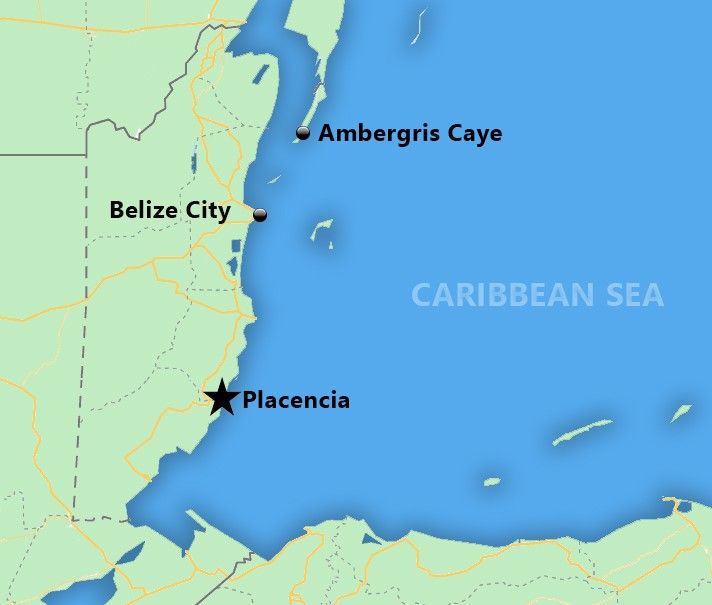
A 16-mile peninsula rimmed by stunning white-sand beaches on one side and a protected lagoon on the other, it's an incredible location. But the lack of proper access kept it off the radar for years. And it only hooked up to electricity in the 1970s.
When pioneer expats and tourists eventually started to come, the quickest route was a puddle-jumper plane from Belize City. The drive to Placencia was a disaster. The road was little more than a dirt track that got washed out in heavy rain.
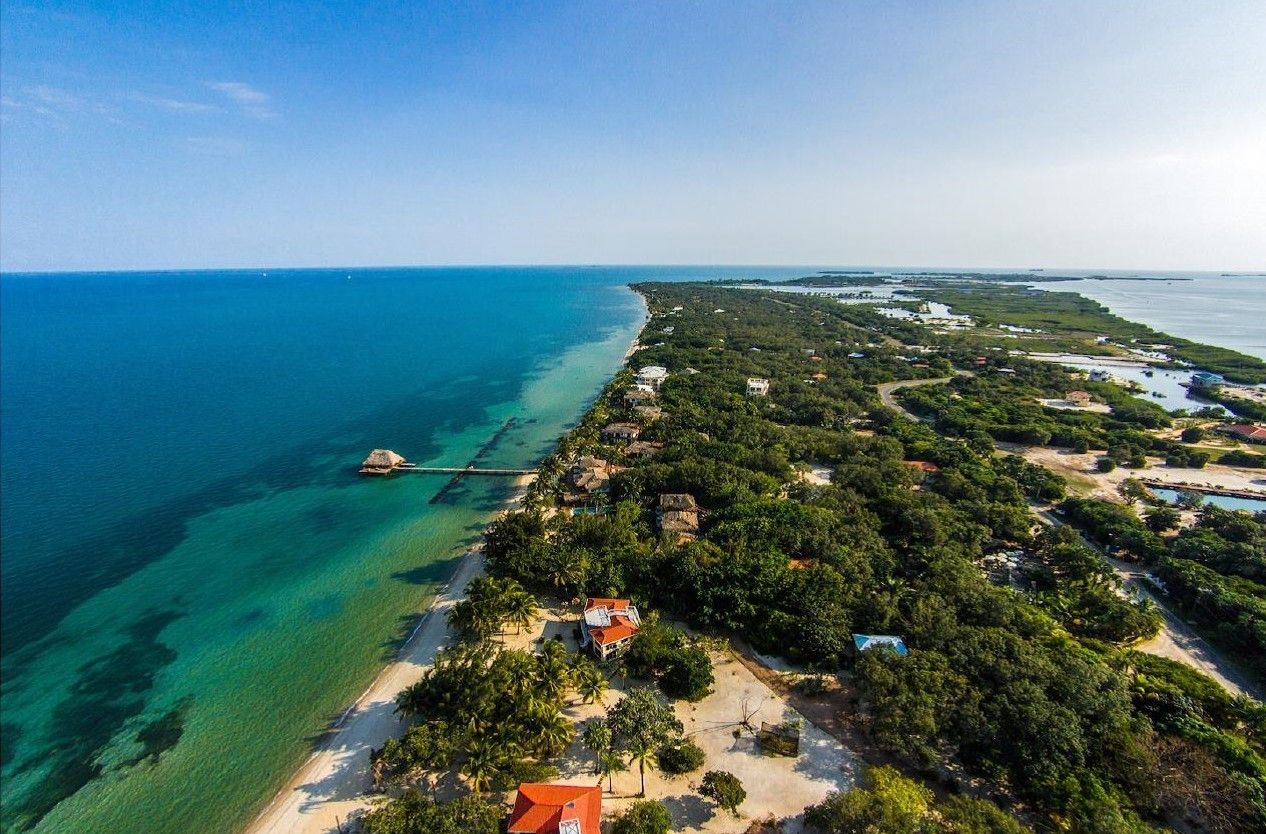
But, like I say, sometimes inaccessibility is good thing. Because of the challenges in getting to Placencia, the peninsula developed in a different way than better-known destinations in Belize.
Take the country's most famous tourist locale, Ambergris Caye... When I made my first trip to Belize in 2005, it was a super cool destination. But developers began to scramble to build anything they could sell. Sprawling blocks of ugly condos went up right next to the beach. The style or visual appeal didn't matter. All that counted was building—and selling—fast. When I visited again in 2009, the shine was gone from the once idyllic island. It had rapidly become overdeveloped and overpriced.
Because of the bumpy road, Placencia escaped all that. It has remained charming, low key, and the perfect escape from the rat race. There are no big-brand hotels on the peninsula, and those that exist are small and boutique—most have no more than 10 rooms.
When the road was finally upgraded in 2011, it was a game changer. The challenging journey became an easy three-hour drive from the international airport in Belize City. With accessibility came a surge in tourism.
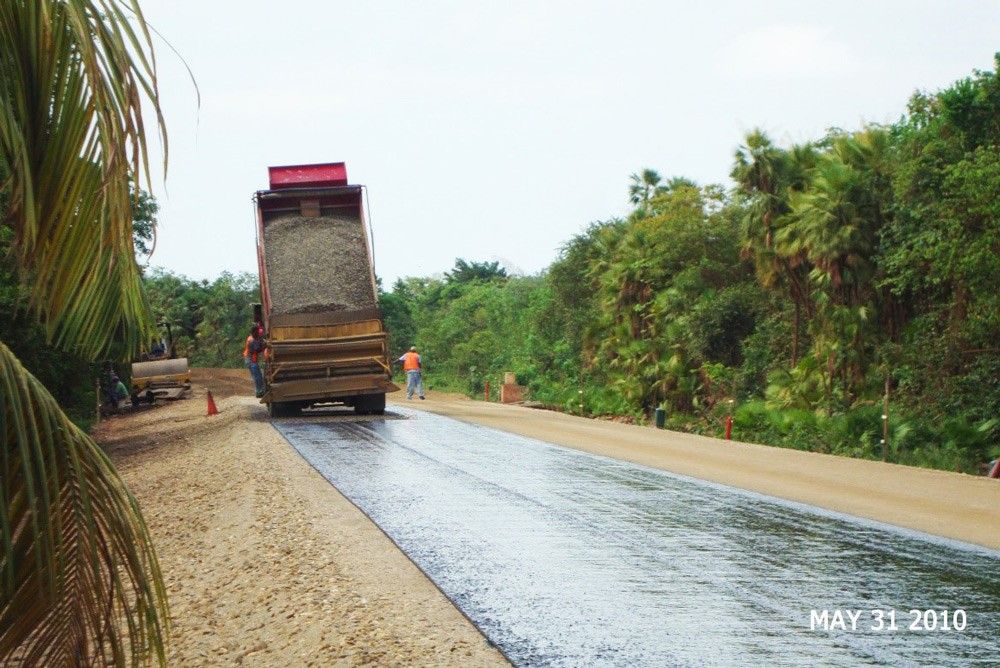
And it happened just in time. Until 1990, Belize didn't even have a tourism bureau. Now it has one of the fastest growing tourism sectors in the Caribbean.
Before the recent hiatus in international air travel, new flights from Toronto and Calgary...Denver and Fort Lauderdale...were driving up tourist numbers to Belize.
Overnight stays doubled from 2011 to 2017 to 427,026. In 2019, it surpassed the half a million mark, representing more than 100% growth in the sector in the past decade. Last year also saw cruise arrivals surpass the 1 million mark for the fourth consecutive year.
In Placencia, the market has continued to move high end. It attracts well-heeled clientele who buy big beach homes, stay at luxury boutique hotels, and spend their days island hopping and relaxing.
The growth of the wellness trend—estimated to be a $4.5 trillion industry—is a major part of this new market development. People come for rainforest spas, yoga and kayaking retreats, and to indulge in all forms of outdoor therapy—Placencia offers some of the very best saltwater fly fishing on the planet.
Groups from as far away as Norway have chosen Placencia as the destination for their wellness boot camp. The people who go there aren't about all-inclusive destinations where you lie on a lounger in a big-name resort, sun tanning and drinking. They go sport fishing, kayaking, snorkeling, and diving. They hike or horseback ride in the mountains or explore Maya ruins. They take wildlife tours to spot jaguars, macaws, and anteaters. Boating is a big attraction here, too. There are countless docks and little marinas and boat slips. The lagoon's calm waters are ideal for mooring boats.
But Placencia can deliver more than sun, sea, and surf. It's still in the early days of its tourism surge. If you know the right plays to follow and the right deal to buy, there is serious profit potential.
On my last trip to Placencia, I visited a foreclosed property that a bank was trying to clear from their books. It was a small project of 31 lots. A developer had gotten his permits and started putting in the infrastructure, but only sold two lots before the bank foreclosed. The land runs from the main road through the peninsula, to the lagoon.
The bank had initially tried selling this project for $1.4 million, but they had no takers. I got word they wanted an offer of around $600,000 for the land.
Even taking the cost of finishing the infrastructure into account—I reckoned it would take another $500,000—the deal looked like a home run. I brought it to RETA immediately. I figured you could sell 29 of the lots for up to $100,000 each, a total of $2.9 million on a $1.1 million investment. Nice profit.
But the eventual buyer took an easier route. He paid $500,000 to the bank. And then he sat back and did nothing...until he sold it on for $1.1 million in October 2018. He doubled his money in less than a year with zero effort and a tiny amount of overhead.
In Placencia, one of the most profitable plays is multi-unit rentals. The growing tourist and snowbird market is creating a demand for rentals by the day, week, and month. That's where we can profit.
This is the play that has the biggest entry point, but it's also the one where we could see some of the biggest profit potential. You're looking at about $400,000 and up to get in on this.
Short-term, you could rent a condo or home for $250 to $1,000 a night. Long-term, you could rent your condo or home for $700 to $2,000 a month.
And there are some big plus points working in our favor:
- There are no big-brand hotels on the peninsula. What's available is small and boutique. Most have up to 10 rooms. That means less competition from the big names with deep pockets who can cut rates until they squeeze you out.
- There's a lack of developable land. The peninsula is small. Future supply is therefore limited.
- And, there's a high barrier to entry (the price). That works in our favor as it cuts out a lot of potential competition, who simply don't have the funds to buy in.
However, good deals are getting rare in Placencia, as most people hold onto their property because it's a very strong long-term investment.
But you occasional find a seller looking for a quick sale. For instance, in October 2019, my local contact told me about an exciting deal—a multi-unit building with a very motivated seller. The building, of recent construction, was laid out as three apartments. But there was a problem with the siding, and it needed to be replaced. The owner didn't want the hassle. He had other, bigger investments to deal with, and just wanted this one off his plate by the end of 2019, so he could do a tax write-off on it. He listed it at $300,000. Replacing the siding and fixing the outside of the building would cost $100,000 to $120,000.
You'd be all in for maybe $450,000. You could then rent the three apartments long-term and you'd get $1,500 a month for each—a very healthy 10% rental yield.
Again, this deal was snapped up almost as soon as it hit the market.
In the short term, I’m expecting the Covid crisis to create more deals like this. Pressures from back home will mean that some owners here need to sell. These motivated sellers will be looking to cash out on their non-core assets, their second, or third, homes...
This gives us an opportunity to buy cheap in a destination with big upside potential. Home in on these motivated sellers and we can lock down significant discounts.
And get ready for fire sale deals. It can take a while for a bank to write off a property as a bad debt and price them attractively. But my contacts on the ground are well-connected and get word as soon as the bank writes off a property.
Uruguay Can Deliver Path of Progress Gains with the Security of a Safe Haven
In uncertain times like these, smart investors look for a safe haven. They look to assets like real estate...in places where they can park themselves and their money.
Uruguay is one of those places. This little country rarely makes the news headlines. It's a beacon of stability in an uncertain world. So much so, it's almost dull. But there's nothing dull about making fat gains on your money with a successful real estate play. And by following Uruguay's decades-long Path of Progress, you can do just that...
Uruguay's Path of Progress started in the early 20th century in Punta del Este. Punta is the St. Tropez of South America...where the rich and famous come to see and be seen on its beautiful beaches. It has a reputation for glamour and hedonism. Supercars...polo...designer bling...it's all on display here. But it wasn't always that way.
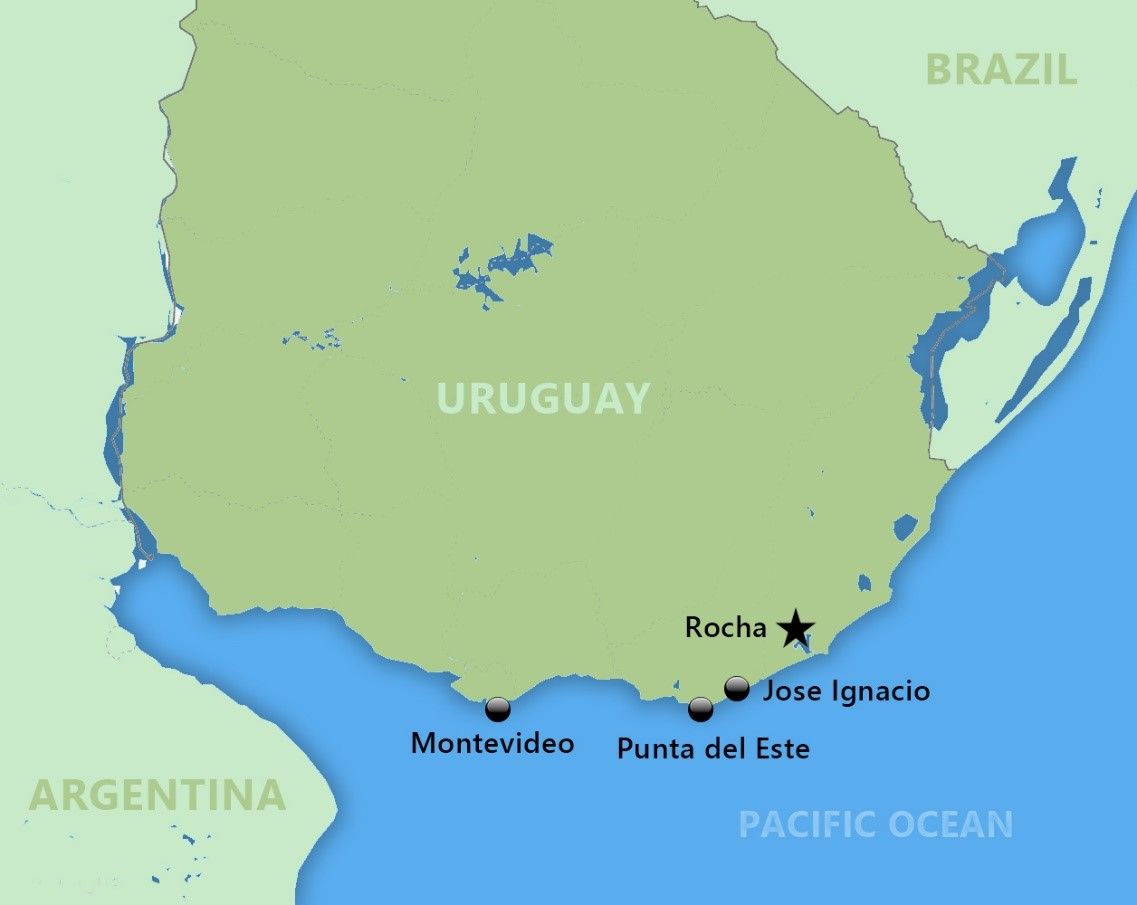
When the first visitors arrived by boat in the early 20th century, Punta was a rustic fishing village. Development started with hotels, fancy villas, and restaurants. Casinos, luxury high-rises, and residential communities were added as the years went by.
Punta is now jet-set. Visitors are happy to splurge a five-figure sum for a few weeks in a vacation rental in summer season. And they'll spend a lot more to own a slice of Punta. New, top-end condos with beach views in the downtown area can easily set you back a million- plus. A luxury penthouse in the right project can sell for as much as $7 million. A third of an acre in a gated community is currently listed at $330,000.
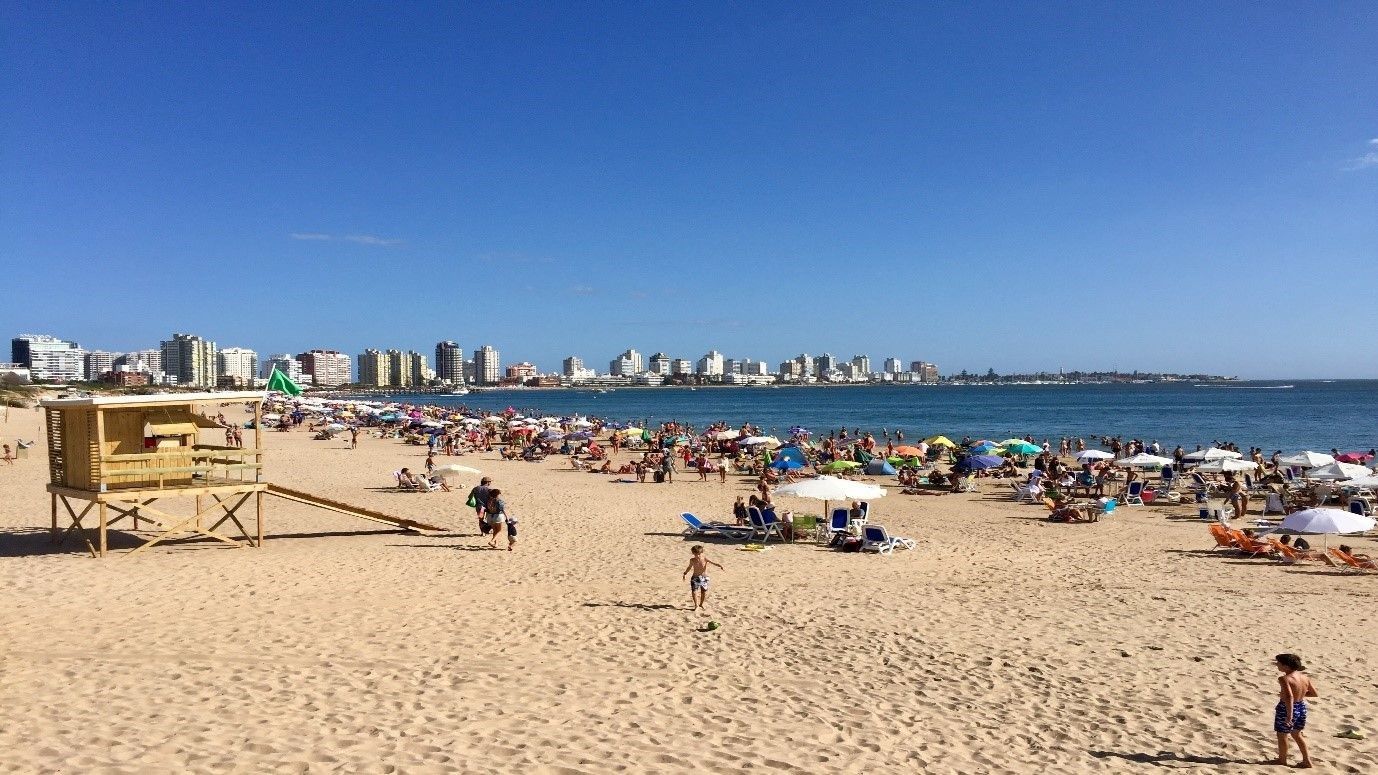
As Punta got more crowded, the jet-set started to look east for more privacy and exclusivity. In 1965, a new bridge made the surf town of La Barra easier to get to. The jet-set followed, transforming La Barra into a chic getaway. Today, famous models pose on Bikini Beach. Again, real estate prices soared. A tiny lot 200 meters to the beach in La Barra is listed at $250,000.
As La Barra became busier, the jet-set looked east along the coast again. This time they headed to Jose Ignacio, a rustic fishing village that's 40 minutes from Punta. Today, it's likened to the Hamptons—where the super-rich mingle with locals on the beach, shabby chic is the style of the day, and the emphasis is on farm to table food, late lunches, and even later parties. Don't let the shabby-chic vibe fool you. For the 10 days between Christmas and New Year, you can pay anything from $20,000 to $180,000 to rent a house in Jose Ignacio, depending on its size and location. Stores in Jose Ignacio sell expensive antiques. Prices in some of the restaurants wouldn't look out of place in upscale New York.
Nice homes in Jose Ignacio cost millions of dollars. And, for a half-acre lot with an ocean view, you're looking at $250,000.
This Path of Progress is repeating itself again. As Jose Ignacio got busier, the jet set looked east again...to the province of Rocha.
Development had stalled just outside Jose Ignacio because there was a barrier: natural lagoons. But an $11.6-million bridge over Laguna Garzón has cut the drive time from Jose Ignacio (and Punta) to Rocha. Most of the cost of the bridge was financed by billionaire Eduardo Costantini. An avid kite-surfer, he has been coming to Punta for almost 50 years. He sees the bridge as the way to deliver the next wave of development into the province of Rocha.
Costantini is creating a top-notch community on the far side of Laguna Garzón in Rocha. He's selling 3/4-acre lots in his development for up to $400,000. Larger lots sold for up to a million bucks. Around 200 of the lots in his project have already sold.
With the new bridge, Rocha is now a place that locals and tourists can get to easily...and its beaches and beach towns are on the lips of the "who's who" of real estate in Uruguay.
Rocha is an amazing place, home to nature reserves, wildlife, and cream-colored beaches.
I've found one lots deal in a community that's close to everything. It's surrounded by serene countryside—fields and farms, forests and lakes. It's less than a mile from a huge national park that's home to otters, capybaras (like a giant guinea pig), and flamingos. It's a short walk to a gorgeous beach. And it’s possible to own here from as little as $31,356.
It's also close to the beach town of La Paloma. This little town boasts a bank, a bus terminal, boutique hotels, and a choice of eateries. It's a tranquil spot that gets busy in high season with upscale tourists, surfers, and families.
Like I say, Uruguay, is a beacon of stability. Chaos, scandals, and political corruption are things that happen in other countries. Freedom and privacy are respected here. More than 60% of the population is middle class. The World Bank cites its low levels of inequality and poverty. The country ranks highly in indices such as the Human Development Index, the Human Opportunity Index, and the Economic Freedom Index. In the 2019 Corruption Index, Uruguay was rated less corrupt than the U.S. It was #15 in the 2019 Democracy Index...10 spots higher than the U.S.
By buying in Rocha, we have the opportunity to buy in a safe haven country while still tapping into the upside potential of a Path of Progress.
